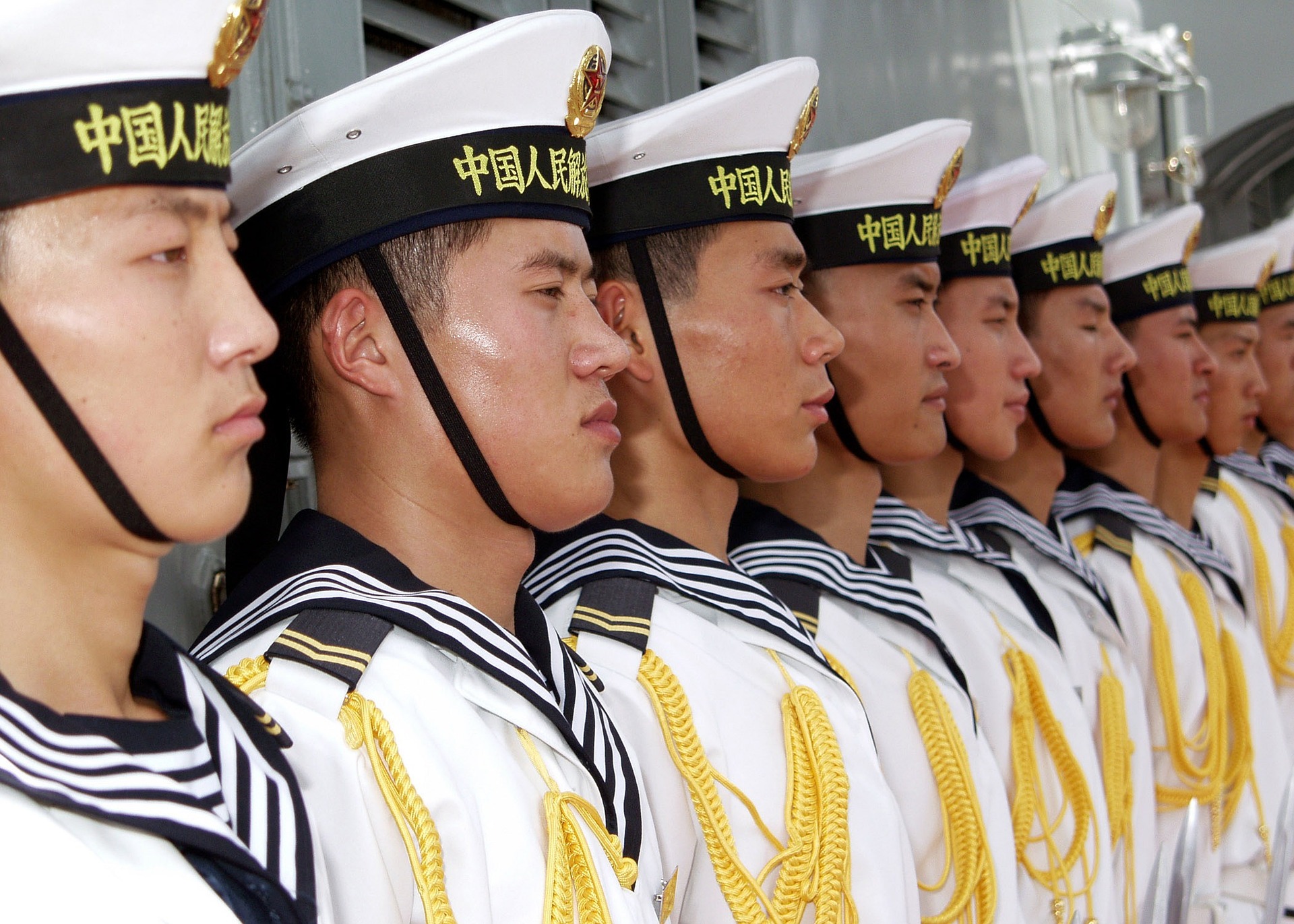The Chinese Communist Party (CCP) maintains a robust grip on power, but this hold is not without its vulnerabilities. The stability of the Chinese government’s control is a complex issue, influenced by a mix of strengths and weaknesses.
Strengths of the Chinese Hold on Power:
Centralized Control and Surveillance: The CCP has established a highly centralized state apparatus, reinforced by advanced surveillance technologies, which allows it to monitor and control the population effectively. The Great Firewall, facial recognition systems, and social credit systems are part of this extensive control mechanism.
Economic Growth: The CCP has historically justified its rule through its ability to deliver rapid economic growth and improve living standards. This economic success has been a key pillar of its legitimacy.
Nationalism: The CCP has successfully fostered a strong sense of nationalism, which it uses to rally public support, especially in response to perceived external threats or criticisms.
Control over Media and Information: The CCP exerts tight control over media, education, and the internet, shaping public perception and quashing dissenting views. This control is crucial in maintaining a unified narrative and preventing organized opposition.
Fragilities of the Chinese Hold on Power:
Economic Challenges: China’s economy faces significant challenges, including an aging population, a high debt burden, and structural inefficiencies. Economic slowdowns or failures to meet public expectations could undermine the CCP’s legitimacy, which is closely tied to economic performance.
Social Inequality and Discontent: Despite overall growth, income inequality, corruption, and regional disparities have created pockets of discontent. Issues like the housing crisis, labor rights, and environmental degradation are sources of public frustration.
Authoritarian Overreach: The CCP’s repressive measures, including crackdowns on dissent, religious freedoms (e.g., in Xinjiang and Tibet), and political freedoms (e.g., in Hong Kong), create domestic and international backlash. Over time, excessive repression can lead to increased resistance or unrest.
Regional Instability and Ethnic Tensions: Ethnic and regional tensions, particularly in Tibet, Xinjiang, and Hong Kong, pose ongoing challenges. These areas require heavy security measures, and the potential for unrest or separatism is a constant concern.
International Pressure and Isolation: China’s assertive foreign policy and human rights record have led to increasing international scrutiny and pressure. Trade tensions, particularly with the United States, and the global response to issues like the treatment of Uyghurs or the situation in Hong Kong, can create external challenges for the CCP.
Leadership Challenges: The centralization of power under Xi Jinping has made the system more reliant on a single leader, which could create vulnerabilities if there are internal power struggles or if Xi’s leadership is questioned due to policy failures or other crises.
Conclusion:
While the CCP’s hold on power is strong and backed by a sophisticated control apparatus, it is not invulnerable. Economic instability, social unrest, regional tensions, and potential leadership challenges are areas where cracks could appear. However, the regime’s ability to adapt and its tight control over key aspects of society and the state have so far allowed it to manage these risks effectively. The future of the CCP’s hold on power will depend on its ability to navigate these challenges without triggering widespread discontent or losing control.
#China





